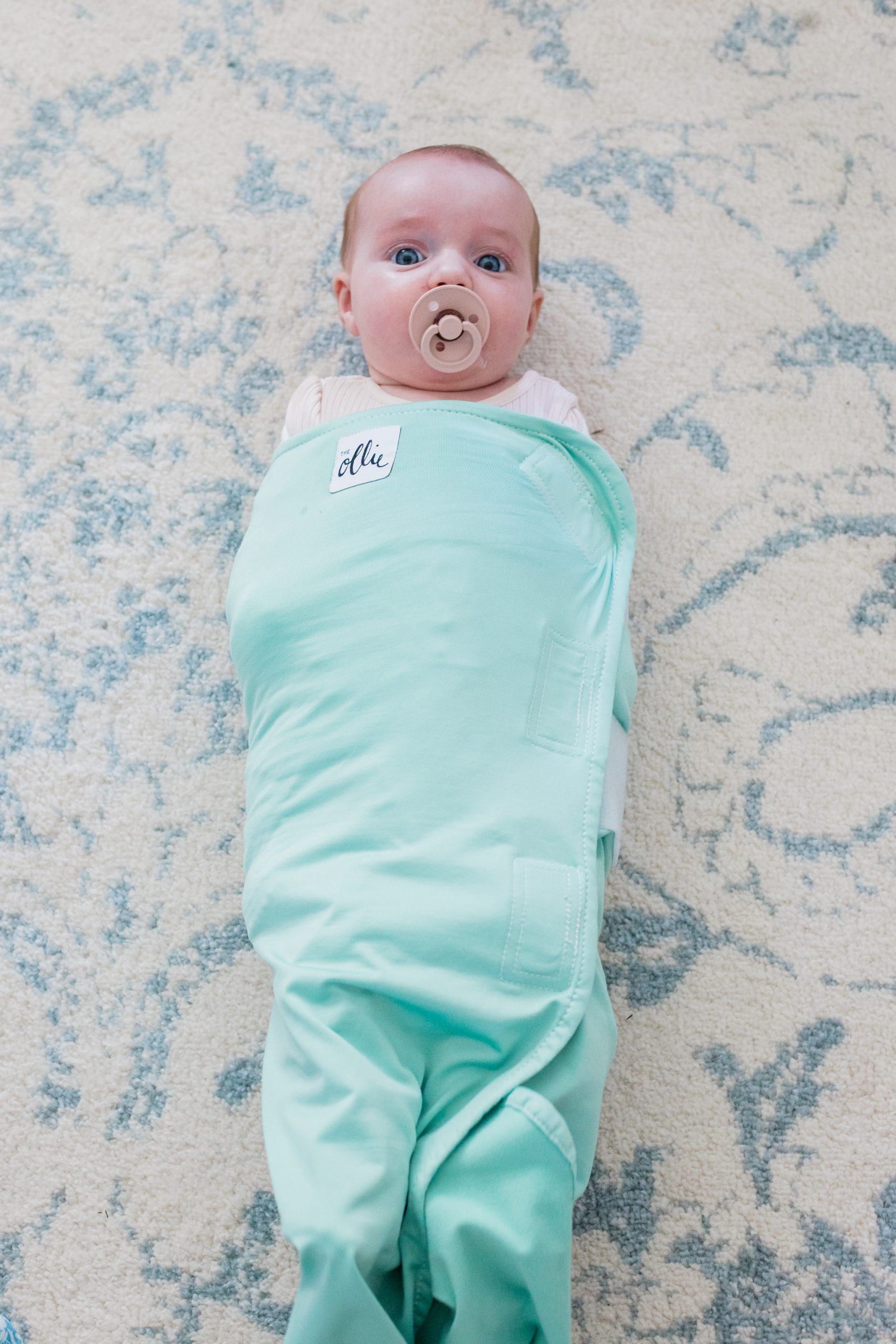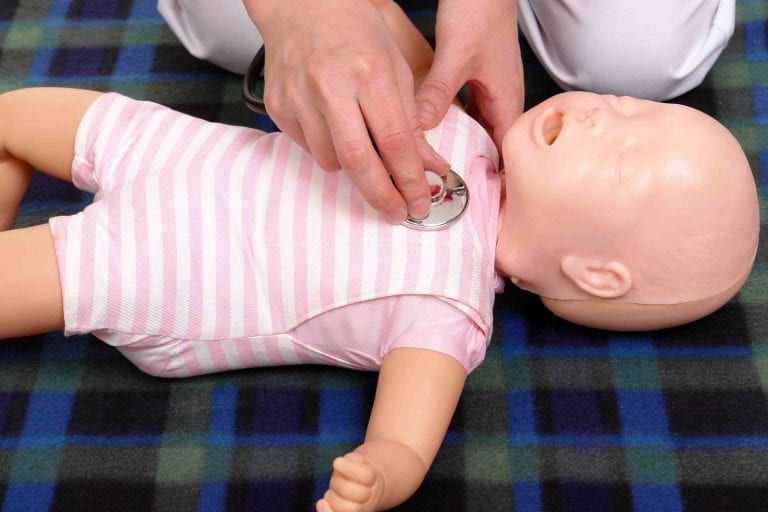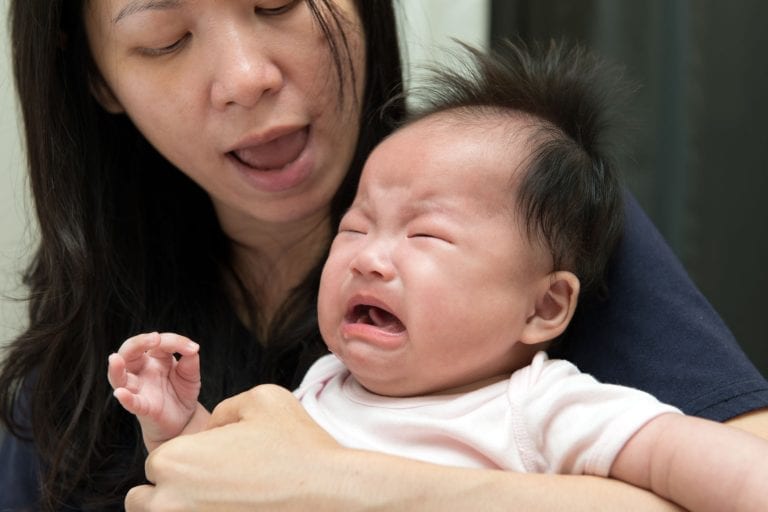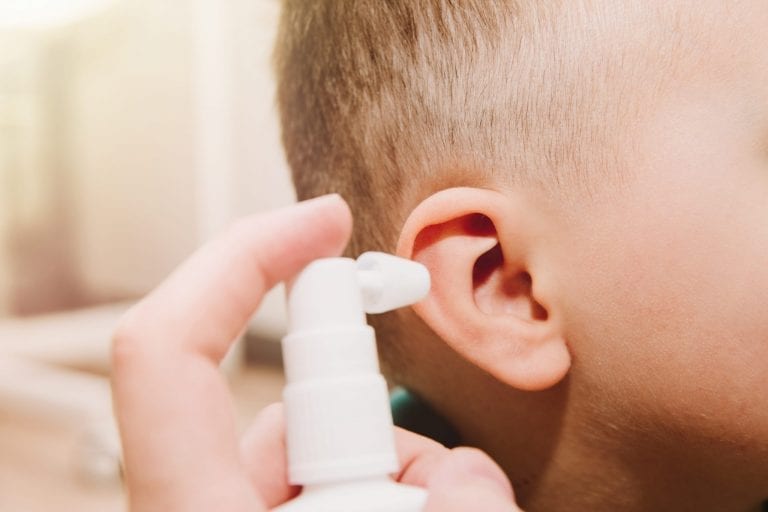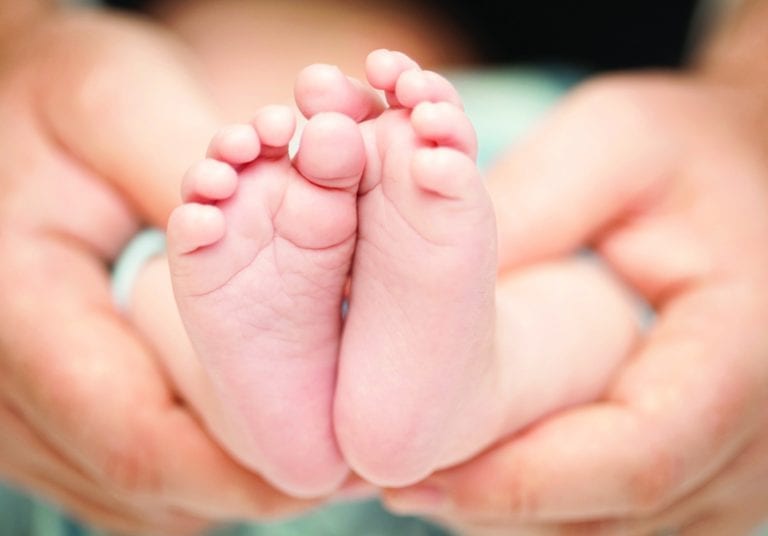The American Academy of Pediatrics has updated its safe sleep guidelines for infants for the first time in more than five years, emphasizing that babies should sleep on their backs on flat, level surfaces designed for infant sleep, such as a crib or bassinet, to reduce their risk of Sudden Unexpected Infant Death Syndrome (SIDS). There are approximately 3,500 sleep related infant deaths in the U.S. each year—and many of those deaths are preventable. “When you place your baby for sleep, they should be on their back in a crib, portable crib or bassinet that meets Consumer Product Safety Commission standards, and there should be nothing but the baby in the crib,” said pediatrician Rachel Moon, MD, the lead author of the new guidelines, which come from the AAP’s Task Force on Sudden Infant Death Syndrome and the AAP’s Committee on Fetus and Newborn. The U.S. made great progress in preventing infant deaths during the 1990s, when the first “back to sleep” campaigns were introduced. But the decline in deaths has now remained stalled for more than 20 years. The updated recommendations, published in the journal Pediatrics, include:
- Parents should sleep in the same room as baby, but not in the same bed
- Babies should sleep on their back on a firm, flat, non-inclined surface free of soft goods, such as blankets and toys. These items are suffocation hazards
- Baby’s sleep surface should be a crib or bassinet designed for infant sleep, with only a tight fitted sheet— no blankets or toys
- Babies should never sleep in inclined surfaces including car seats, strollers, infant carriers, and infant seats and slings, especially infants younger than 4 months
- Swaddling doesn’t reduce SIDS risk. If baby is swaddled, they should always be placed to sleep on their back. Weighted swaddles or weighted objects within swaddles are unsafe
- Swaddling should be stopped when a baby starts trying to roll over, usually at 3 or 4 months or earlier, as a swaddle can be a suffocation hazard
- Avoid devices marketed to reduce the SIDS risk or other sleep-related deaths. There is no evidence for such claims, and they may lull parents into a false sense of security
- Breastfeed when possible, and any breastmilk feeding is better than none
- Breastfeeding and pacifier use reduce SIDS risks
- Parents should avoid using drugs and alcohol, and avoid exposing babies to drugs and alcohol
The AAP expanded their advice regarding wearable sleep monitors stating that there is no evidence that using them will prevent SIDS. Families who use these monitors should still follow the safe infant sleep guidelines.
,


